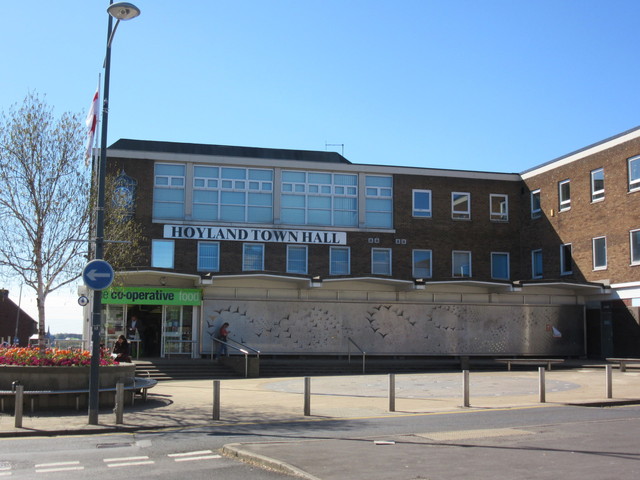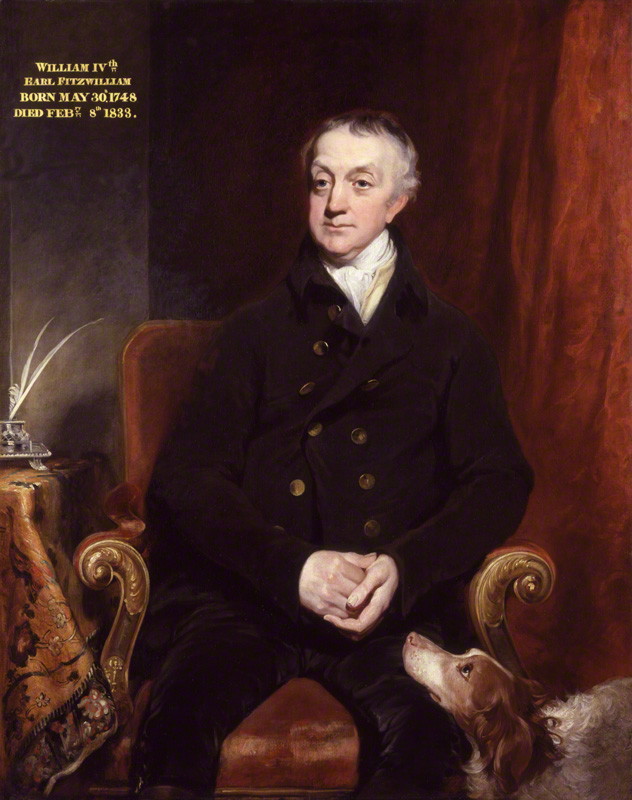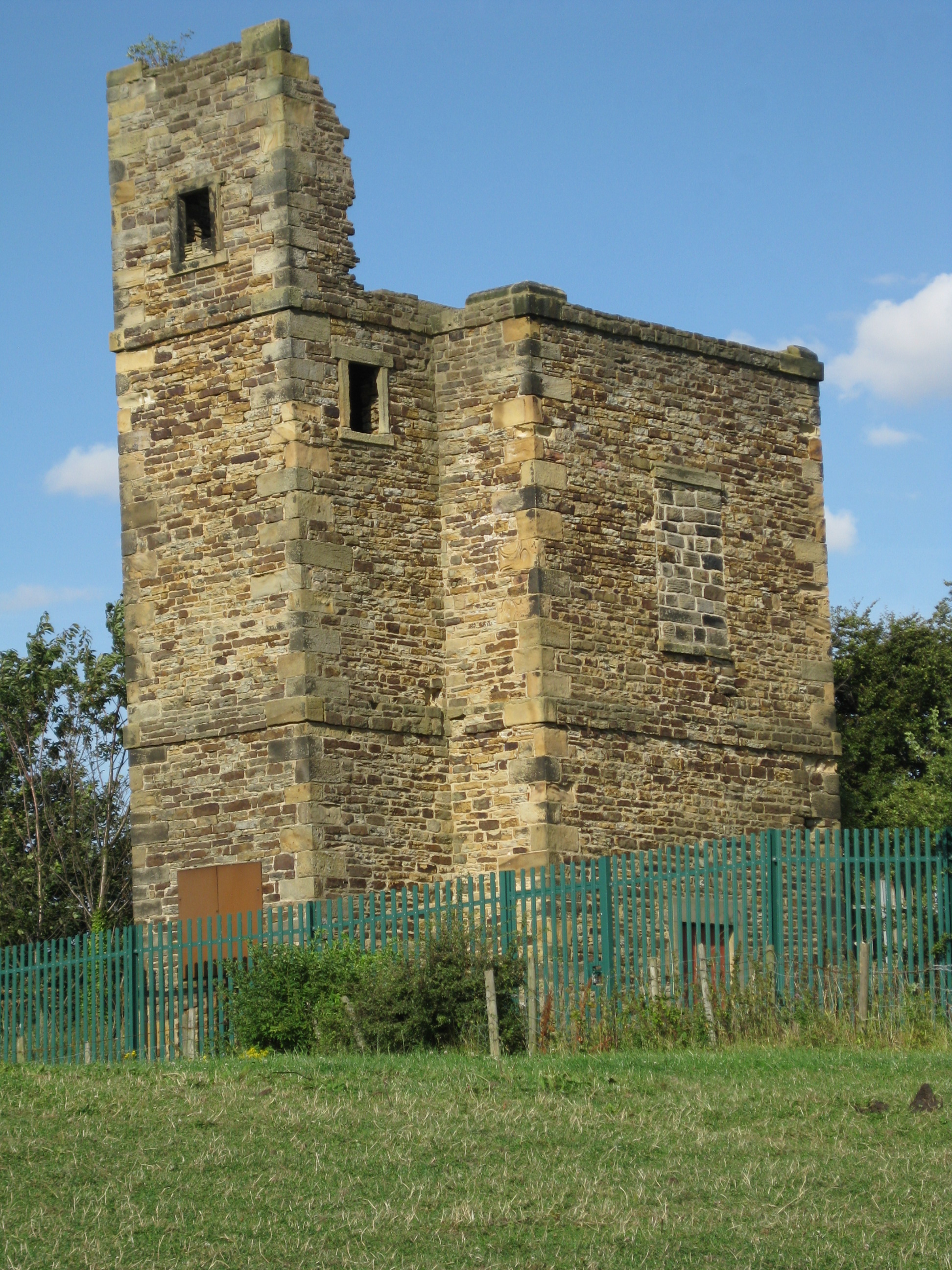|
Hoyland
Hoyland is a town in the Metropolitan Borough of Barnsley in South Yorkshire, England. The town developed from the hamlets of Upper Hoyland, Hoyland, and Hoyland Common. The town has also been known as ''Nether Hoyland''. When the urban district council was formed the name they used was ''Hoyland Nether Urban District Council''. This was also applied to the area run by Hoyland UDC. However, most locals have always known it simply as Hoyland. Hoyland Nether comprised Hoyland Town, Hoyland Common, Upper Hoyland, Elsecar, Milton, Platts Common and Wentworth. Hoyland is part of the Metropolitan Borough of Barnsley in the metropolitan county of South Yorkshire, but it lies within the historic boundaries of the West Riding of Yorkshire. In 2001 it had a population of 15,497. At the 2011 Census the appropriate ward (Hoyland Milton) had a population of 11,852. Governance Hoyland Nether UDC was formed in 1894. Its jurisdiction covered Elsecar, Hoyland Common, Platts Common and Skie ... [...More Info...] [...Related Items...] OR: [Wikipedia] [Google] [Baidu] |
Hoyland Town Hall
Hoyland Town Hall is a former municipal building in Hoyland, a town in South Yorkshire in England. The town hall, which was previously the offices and meeting place of Hoyland Urban District Council, is currently in residential use. History The first town hall in Hoyland Nether was a small building designed in the neoclassical style, built in red brick and completed in 1840. The design involved a symmetrical main frontage of five bays facing onto the High Street. The central bay, which was projected forward, featured a square headed doorway with a cornice on the ground floor, a tripartite window on the first floor, and a shallow pyramid-shaped roof. The outer bays were fenestrated by sash windows on both floors. A local grocery owner, Martha Knowles, donated a three stage-tower, with a clock in the second stage, louvres in the third stage, and an ogee-shaped roof, which was installed above and behind the central bay in 1892. After Hoyland Nether became an urban district in 1894 ... [...More Info...] [...Related Items...] OR: [Wikipedia] [Google] [Baidu] |
Metropolitan Borough Of Barnsley
The Metropolitan Borough of Barnsley is a metropolitan borough in South Yorkshire, England; the main settlement is Barnsley and other notable towns include Wombwell, Worsbrough, Penistone and Hoyland. The borough is bisected by the M1 motorway; it is rural to the west, and largely urban/industrial to the east. It is estimated that around 16% of the borough is classed as urban overall, with this area being home to the vast majority of its residents. Additionally, 68% of Barnsley's 32,863 hectares is green belt and 9% is national park land, the majority of which is west of the M1. In 2007, it was estimated that Barnsley had 224,600 residents, measured at the 2011 census as 231,221. The neighbouring districts are Doncaster, Rotherham, Sheffield, High Peak, Kirklees and Wakefield. History The borough was created on 1 April 1974 under the Local Government Act 1972. It covered the whole area of 12 former districts and parts of another two, which were all abolished at the ... [...More Info...] [...Related Items...] OR: [Wikipedia] [Google] [Baidu] |
Barnsley (borough)
The Metropolitan Borough of Barnsley is a metropolitan borough in South Yorkshire, England; the main settlement is Barnsley and other notable towns include Wombwell, Worsbrough, Penistone and Hoyland. The borough is bisected by the M1 motorway; it is rural to the west, and largely urban/industrial to the east. It is estimated that around 16% of the borough is classed as urban overall, with this area being home to the vast majority of its residents. Additionally, 68% of Barnsley's 32,863 hectares is green belt and 9% is national park land, the majority of which is west of the M1. In 2007, it was estimated that Barnsley had 224,600 residents, measured at the 2011 census as 231,221. The neighbouring districts are Doncaster, Rotherham, Sheffield, High Peak, Kirklees and Wakefield. History The borough was created on 1 April 1974 under the Local Government Act 1972. It covered the whole area of 12 former districts and parts of another two, which were all abolished at the same tim ... [...More Info...] [...Related Items...] OR: [Wikipedia] [Google] [Baidu] |
High Hoyland
High Hoyland is a village and civil parish in the Metropolitan Borough of Barnsley in South Yorkshire, England, on the border with West Yorkshire. It lies to the west of Kexbrough, and is located at approximately , at an elevation of around 200 metres above sea level. At the 2001 census it had a population of 142, reducing to 128 at the 2011 Census. History There is some evidence to suggest that ''High Hoyland'' has quite an ancient history, though no archaeological survey has yet taken place. Some people believe the village may have been the site of an Iron Age hill fort, and its strategic hilltop location would surely have been a good place for one. Nearby Kexbrough (originally ''Cezeburgh'') also lends weight to the theory, since the "burghs" were originally strongholds. The village was nevertheless in existence in 1086 when the Domesday survey was compiled. The village was listed as ''Heyholand'', being one of only 16 settlements in present-day South Yorkshire to be ... [...More Info...] [...Related Items...] OR: [Wikipedia] [Google] [Baidu] |
Elsecar
Elsecar (, ) is a village in the Metropolitan Borough of Barnsley in South Yorkshire, England. It is near to Jump, South Yorkshire, Jump and Wentworth, South Yorkshire, Wentworth, it is also south of Hoyland, south of Barnsley and north-east of Sheffield. Elsecar falls within the Barnsley Metropolitan Borough Ward of Hoyland Milton. Elsecar is unique as a name. It is thought to derive from the Old English personal name of ''Aelfsige'' (mentioned in Cartulary of Nostell Priory, 1259–66) and the Old Norse word Carr (landform), kjarr, denoting a marsh or brushwood. From the late 18th century, Elsecar was transformed into an 'industrial estate village' for nearby Wentworth Woodhouse, with multiple collieries and two major ironworks. It is seen as one of the UK's first model villages and a precursor to Saltaire. A 1795 Newcomen steam engine at the Elsecar New Colliery is the oldest steam engine still in situ, anywhere in the world. The village now attracts over 500,000 visito ... [...More Info...] [...Related Items...] OR: [Wikipedia] [Google] [Baidu] |
Harry Worth (actor, Born 1917)
Harry Bourlon Illingsworth (20 November 1917 – 20 July 1989), professionally known as Harry Worth, was an English comedy actor, comedian and ventriloquist. Worth portrayed a charming, gentle and genial character, totally bemused by life, creating comedic confusion wherever he went. Early life Worth was born in Hoyland, Hoyland Common, West Riding of Yorkshire, the youngest child of a miner. He had ten siblings. When he was only five months old, his father died from injuries resulting from an industrial accident. He left school at 14 and was a miner for eight years. He earned Pounds, shillings and pence, 2 shillings 2½ pence a day and worked near the lift in the mine; he said he hated every minute of it. He joined the Royal Air Force (RAF) in 1941.''Daily Mirror'', 15 August 1971, page 11: "Harry Lands a Scoop" As a teenager, he was in the Tankersley, South Yorkshire, Tankersley Amateur Dramatics Society and taught himself ventriloquism from a book he borrowed from the lo ... [...More Info...] [...Related Items...] OR: [Wikipedia] [Google] [Baidu] |
Barry Hines
Melvin Barry Hines, FRSL (30 June 1939 – 18 March 2016) was an English author, playwright and screenwriter. His novels and screenplays explore the political and economic struggles of working-class Northern England, particularly in his native West Riding/South Yorkshire. He is best known for the novel '' A Kestrel for a Knave'' (1968), which he helped adapt for Ken Loach's film ''Kes'' (1969). He collaborated with Loach on adaptations of his novels ''Looks and Smiles'' and ''The Gamekeeper,'' and the 1977 two-part television drama ''The Price of Coal''. He also wrote the television film '' Threads'', which depicts the impact of a nuclear war on Sheffield. Early life Hines was born in the mining village of Hoyland Common near Barnsley, West Riding of Yorkshire. He attended Ecclesfield Grammar School after passing the eleven-plus in 1950 and played football for the England Grammar Schools team. After leaving school with five O levels he took a job with the National Coal Board ... [...More Info...] [...Related Items...] OR: [Wikipedia] [Google] [Baidu] |
Tommy Boyle (footballer Born 1886)
Thomas William Boyle (29 January 1886 – 5 January 1940) was an English footballer, primarily associated with Burnley. He was the only player to have captained a Burnley team in a winning FA Cup Final. Career Boyle was born in the village of Hoyland in Yorkshire in 1886. He started his career at Barnsley. In 1912 Boyle crossed the Pennines to sign for Burnley for what was then a club record salary of £1,150. He was described as a great header of the ball, an excellent passer with great leadership qualities, and as being one of the best players ever to play for Burnley. Having lifted the FA Cup in 1914, he then became the first Burnley captain to lift the League Championship Trophy as Burnley won the 1920–21 title. By then, he was 33 and his career was coming to an end. That season was to be his last full season in the first team. He made his last appearance for Burnley during the 1921–22 season, and after a further year playing in the reserves he signed for Wrexham, wh ... [...More Info...] [...Related Items...] OR: [Wikipedia] [Google] [Baidu] |
Lowe Stand
Lowe Stand is an 18th-century folly built for Thomas Watson-Wentworth, 1st Marquess of Rockingham, and likely originally intended as a hunting lodge. It is situated in the South Yorkshire town of Hoyland, southeast of Barnsley. Today the stand is a Grade II listed building In the United Kingdom, a listed building is a structure of particular architectural or historic interest deserving of special protection. Such buildings are placed on one of the four statutory lists maintained by Historic England in England, Hi ... but is in a fairly advanced state of decay. In 2008 the deeds were handed over from the council to voluntary group, the Friends of Hoyland Lowe Stand (now the Lowe Stand Trust). The council has given permission to restore it according to the plan produced. References External linksThe Lowe Stand Trust* Buildings and structures in the Metropolitan Borough of Barnsley Folly buildings in England Grade II listed buildings in South Yorkshire {{UK-list ... [...More Info...] [...Related Items...] OR: [Wikipedia] [Google] [Baidu] |
South Yorkshire
South Yorkshire is a Ceremonial counties of England, ceremonial county in the Yorkshire and the Humber region of England. It borders North Yorkshire and West Yorkshire to the north, the East Riding of Yorkshire to the north-east, Lincolnshire to the east, Nottinghamshire to the south-east, and Derbyshire to the south and west. The largest settlement is the city of Sheffield. The county is largely urban, with an area of and a population of 1,402,918. The largest settlements after Sheffield (556,500) are the city of Doncaster (113,566), Rotherham (109,697), and Barnsley (96,888). The east and west of the county are more rural. The county is governed by four metropolitan boroughs: Metropolitan Borough of Barnsley, Barnsley, City of Doncaster, Metropolitan Borough of Rotherham, Rotherham, and City of Sheffield. They collaborate through South Yorkshire Mayoral Combined Authority. South Yorkshire lies on the edge of the Pennines, and the west of the county contains part of the Peak ... [...More Info...] [...Related Items...] OR: [Wikipedia] [Google] [Baidu] |


